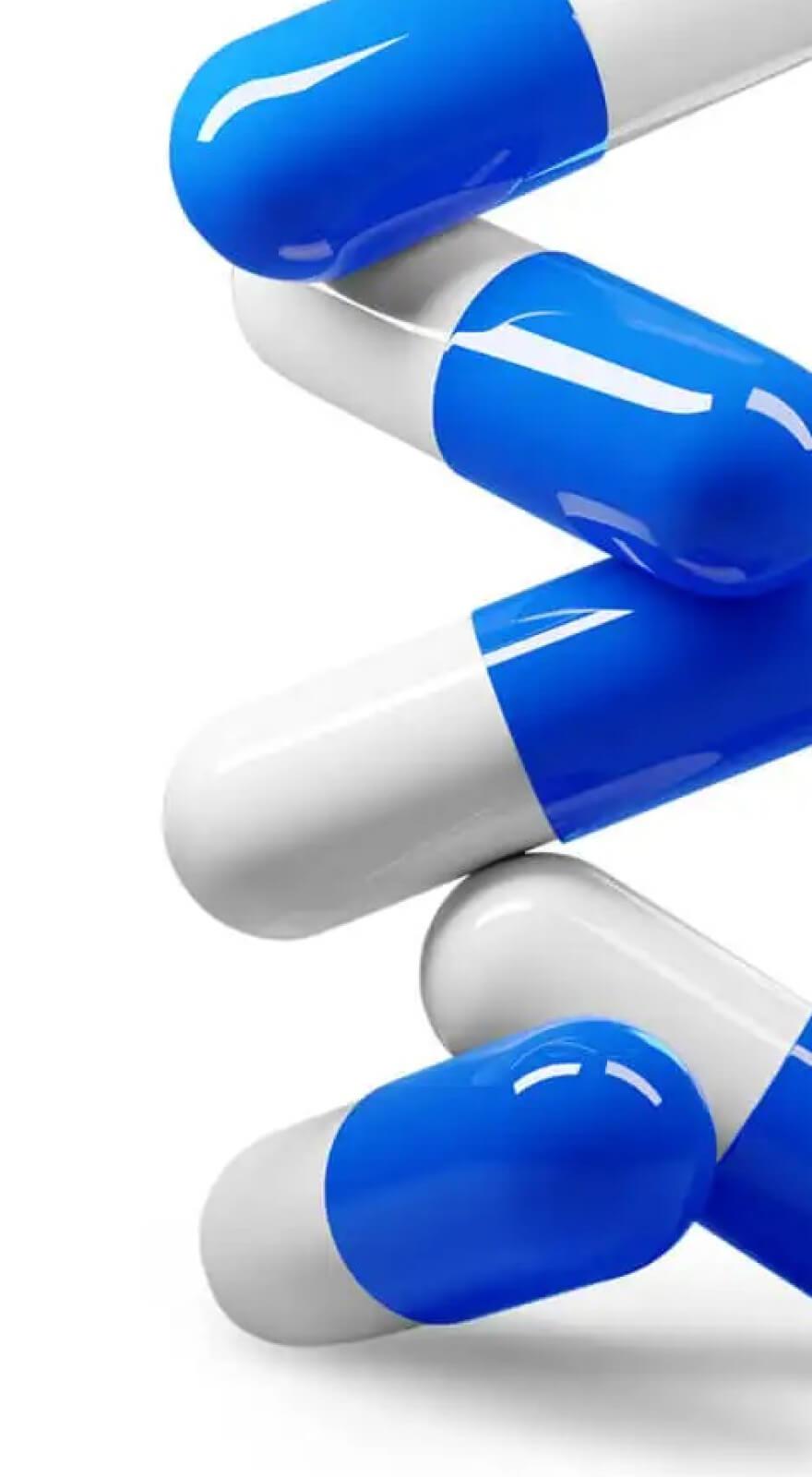Knowde Enhanced TDS
Identification & Functionality
- Ingredient Name
- Food Ingredients Functions
- Ingredients
- Sodium Stearoyl Lactylate
- Food Additive Number
- E 481(i), INS 481(i)
- Technologies
Features & Benefits
- Food Ingredients Features
Applications & Uses
- Markets
- Applications
- Use Level
- 0.2-0.5%
- Recommended Uses & Known Applications
Niaproof® Sodium Stearoyl Lactylate, better known as Niaproof® SSL, is a food additive that has many qualities desired by food producers. It helps strengthen the dough, mixes liquids and oils together and it can replace some fat and sugar. It is used in a variety of commercially baked goods and processed foods, including bread, sour cream, salad dressings, soups, cheese products, crackers, cookies and puddings.
Specifically, Niaproof SSL is used as a dough strengthener, emulsifier, crumb softener or processing aid in baked products, pancakes, and waffles, in an amount not to exceed 0.5 % by weight of flour used. It is also used in batters to stabilize emulsions in an amount not to exceed 0.5% by weight of flour used. Niaproof SSL is also used in biscuits, cookies and crackers for fat reduction and spread control with a usage level of 0.5% by weight of flour used.Niaproof SSL is used as a surface-active agent, emulsifier, or stabilizer in icings, fillings, puddings, and toppings, at a level not to exceed 0.2% by weight of the finished food.
Niaproof SSL is an emulsifier or stabilizer in liquid and solid edible fat-water emulsions intended for use as substitutes for milk or cream in beverage coffee, at a level not to exceed 0.3 % by weight of the finished edible fat-water emulsion. For those nondairy coffee whiteners, SSL improves whitening, mouth feel and storage ability through protein interaction.
Niaproof SSL is also used as a formulation aid, processing aid or surface-active agent in dehydrated potatoes, in an amount not to exceed 0.5 % of the dry weight of the food. Finally it is used as an emulsifier, stabilizer, or texturizer in snack dips, cheese substitutes and sauces or gravies, at a level not to exceed 0.2 % by weight of the finished product. It stabilizes the emulsion while giving body and smooth texture.
Properties
- Typical Properties
| Value | Units | Test Method / Conditions | |
| Acid Value | 60-80 | — | — |
| Ester Value | 150-190 | — | — |
| Flash Point | 221.0 | °C | — |
| Lead Value NMT (as Pb) | 2.0 | mg/kg | — |
| Molecular Weight | 451.0 | — | — |
| Sodium Content | 3.5-5.0 | % | — |
| Total Lactic Acid Content | 23.0-34.0 | % | — |
Regulatory & Compliance
- Legislation
Niaproof Sodium Stearoyl Lactylate complies with the Food Chemical Codex (FCC). It is a non-toxic additive permitted for direct addition to food for human consumption as listed in 21 CFR 172.846. Niaproof SSL is also an approved food additive according to EU with the E number E 481.
Safety & Health
- Safety Precautions
- Keep away from heat.
- Keep away from sources of ignition.
- Keep away from incompatibles such as moisture.
Packaging & Availability
- Packaging Information
Niaproof Sodium Stearoyl Lactylate is available in 50 lb. boxes with a heat sealed inner liner, 40 boxes on a pallet.
Storage & Handling
- Shelf Life
- 2 years
- Stability
Niaproof Sodium Stearoyl Lactylate is stable for 2 years from date of manufacture. The product is hygroscopic so the container should be kept tightly closed in a cool, wellventilated area. Do not store the product above 26°C (80°F). If it is anticipated temperature will exceed recommended maximum temperature, the material should be transferred to a temperature controlled storage location.




